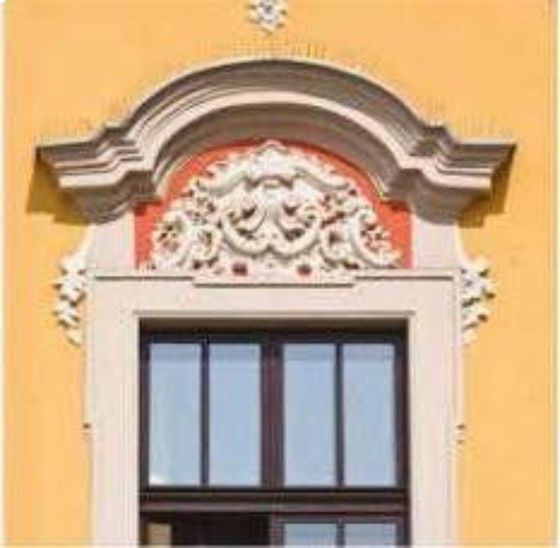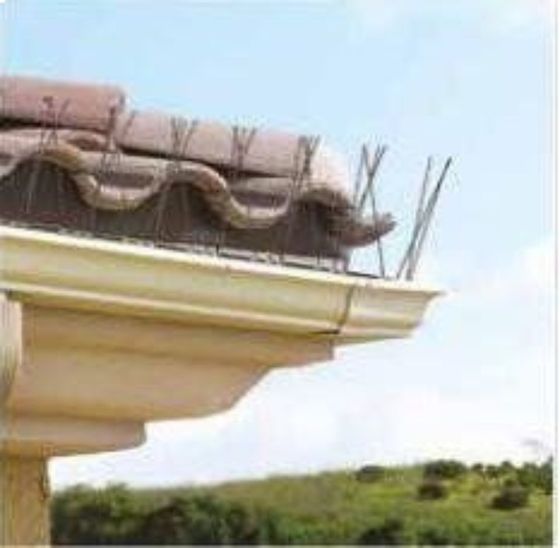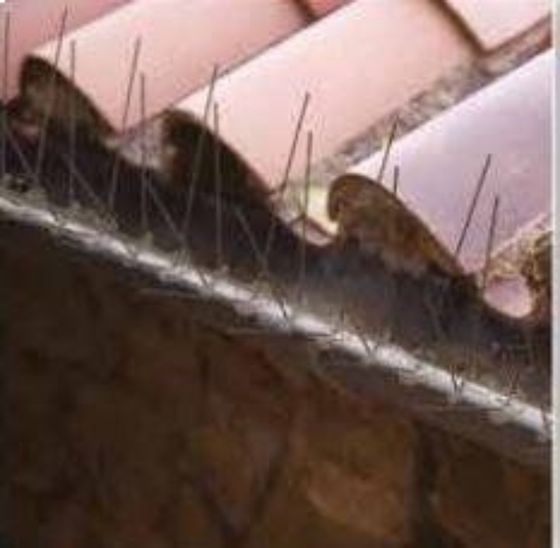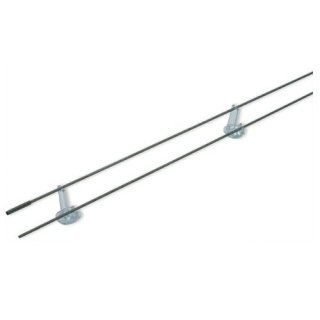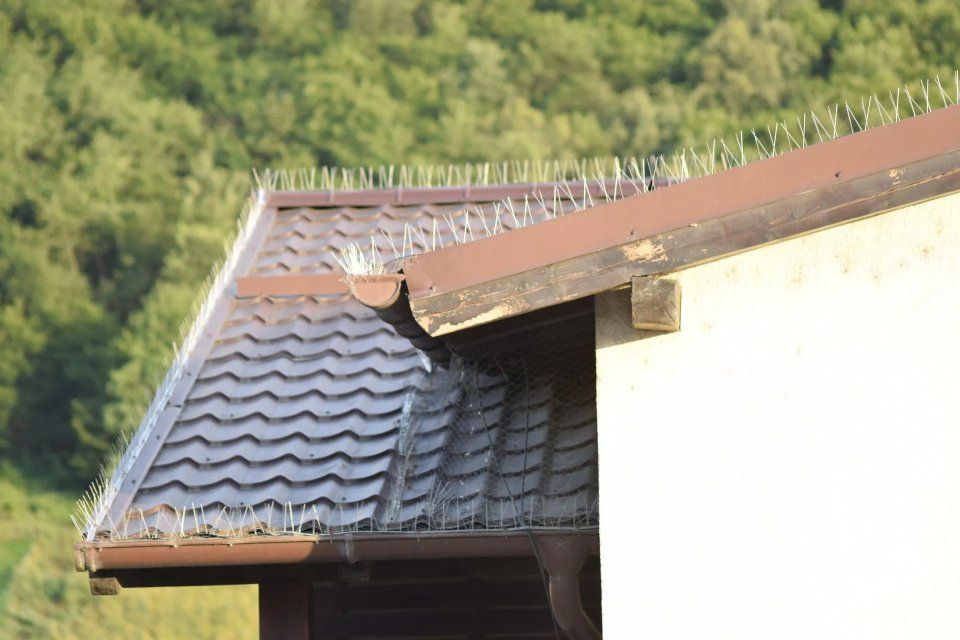Bird deterrent systems with specific deterrents
The issue of "birds", especially the presence of pigeons and seagulls, is becoming an increasingly serious concern for hygiene and public health, as they are birds with high reproductive performance; an average of 5/6 couplings per year with two eggs per brood.
The places where they find shelter (attics, gutters, arches, windowsills, cornices) and areas infiltrated by the presence of organic substances (roofs, walls) become populated with pathogens and parasites (ticks and mites, and pigeon lice) derived from organic debris (bird droppings and remains). Bacteria spread freely in the air and reach public and private places, contaminating humans. Fecal contamination of the environment, the pulverisation and dispersion of guano, the presence of nests in buildings, sometimes cause irreparable damage and are occasions for the spread and contagion of infectious diseases in humans, such as Salmonella, avian flu, and psittacosis.
For more information on bird deterrents, contact Filomat's experienced and professional staff!





